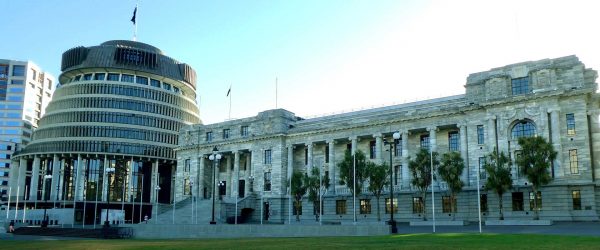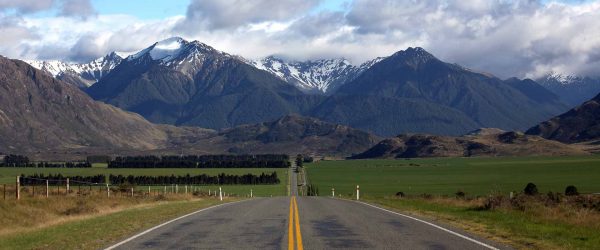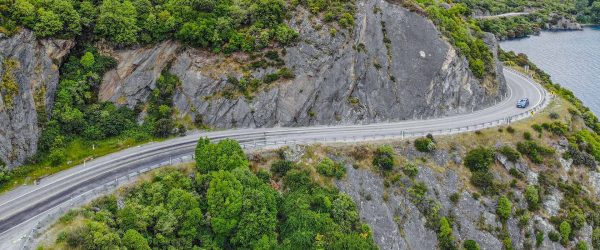Project Summary
Findings ways to benchmark and monitor ‘resilience’ is critical to achieving greater resilience to natural hazards. The cross-sector and often heavily contested nature of resilience endeavours pose many challenges to those attempting to measure resilience using tangible indicators. Definitions of ‘resilience’ vary widely, and data is often complex and/or incomplete. Heuristics, or short cuts to decision-making, are one way of negotiating such situations.
This project developed a heuristic device to support decisions and conversations about the measurement of ‘resilience’: the Kickstart 2 Measurement (K2M) tool. This tool provides resilience researchers and stakeholders with a structured process to work through six measurement parameters:
- the purpose of measurement
- data availability and quality
- the focus of the indicator (who, what, where)
- spatial and temporal scales
- the disaster risk reduction phase
- the nature of disruption
Putting the K2M Tool Into Practice
The application of the tool to real-world examples showed that the K2M tool:
- helped facilitate a pragmatic yet theoretically robust approaches
- helps provide transparency around compromises and prioritisation
- brings multiple perspectives to the fore
- prompts innovation to address high-priority gaps
The K2M tool can act as a bridge between theory, data, and practice, to prompt pragmatic and robust measurement solutions and foster greater collaboration and cohesion across the resilience sector. It has been used by the Ministry of Civil Defence and Emergency Management to development its monitoring and evaluation approach to measurement and reporting for the Sendai Framework, by the Wellington Regional CDEM Group in development of its own monitoring and evaluation framework, and by the Ministry of Transport in transport impact monitoring following the 2016 Kaikoura earthquake.
Resources from this project
Heuristic Guide for Selecting & Tailoring Measurement Suites.
Ivory V, Stevenson JR,Vargo J, Bowie C, Wilkinson S. 2015. Heuristic guide for selecting & tailoring measurement suites. Lower Hutt (NZ): Resilience to Nature's Challenges.
From contesting to conversing about resilience: kickstarting measurement in complex research environments
Ivory VC, Stevenson JR. 2019. From contesting to conversing about resilience: kickstarting measurement in complex research environments. Natural Hazards. 97(2):935–947. doi:10.1007/s11069-019-03667-4.
Resilience to Nature’s Challenges: An evaluation and lessons learned from response to the Kaikōura earthquake.
Herbert T, Fairclough R, Tucker S, Parr G, Wotherspoon L, Blake D, Trotter M, Ivory V, Stevenson J. 2018. An evaluation and lessons learned from…














